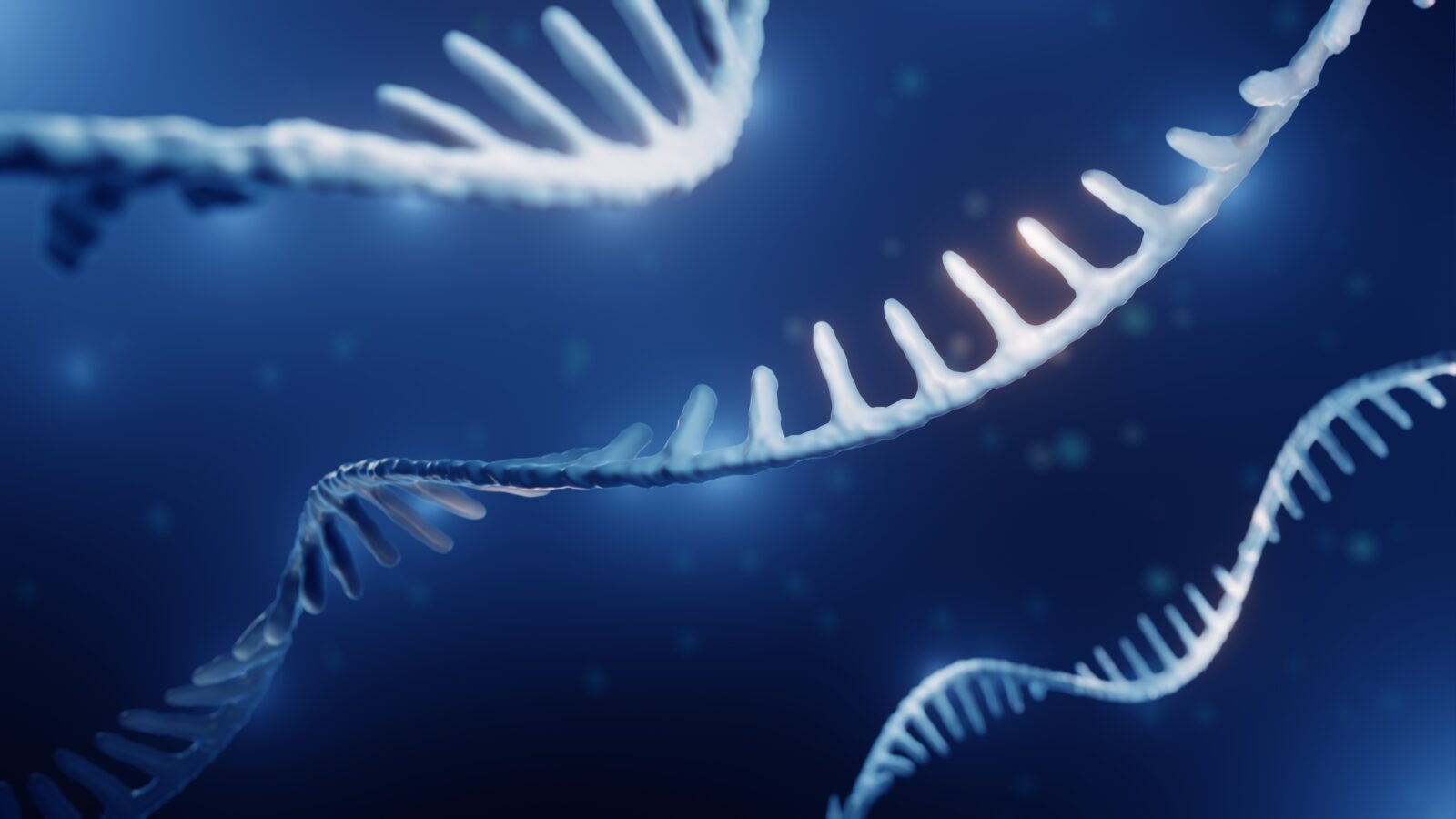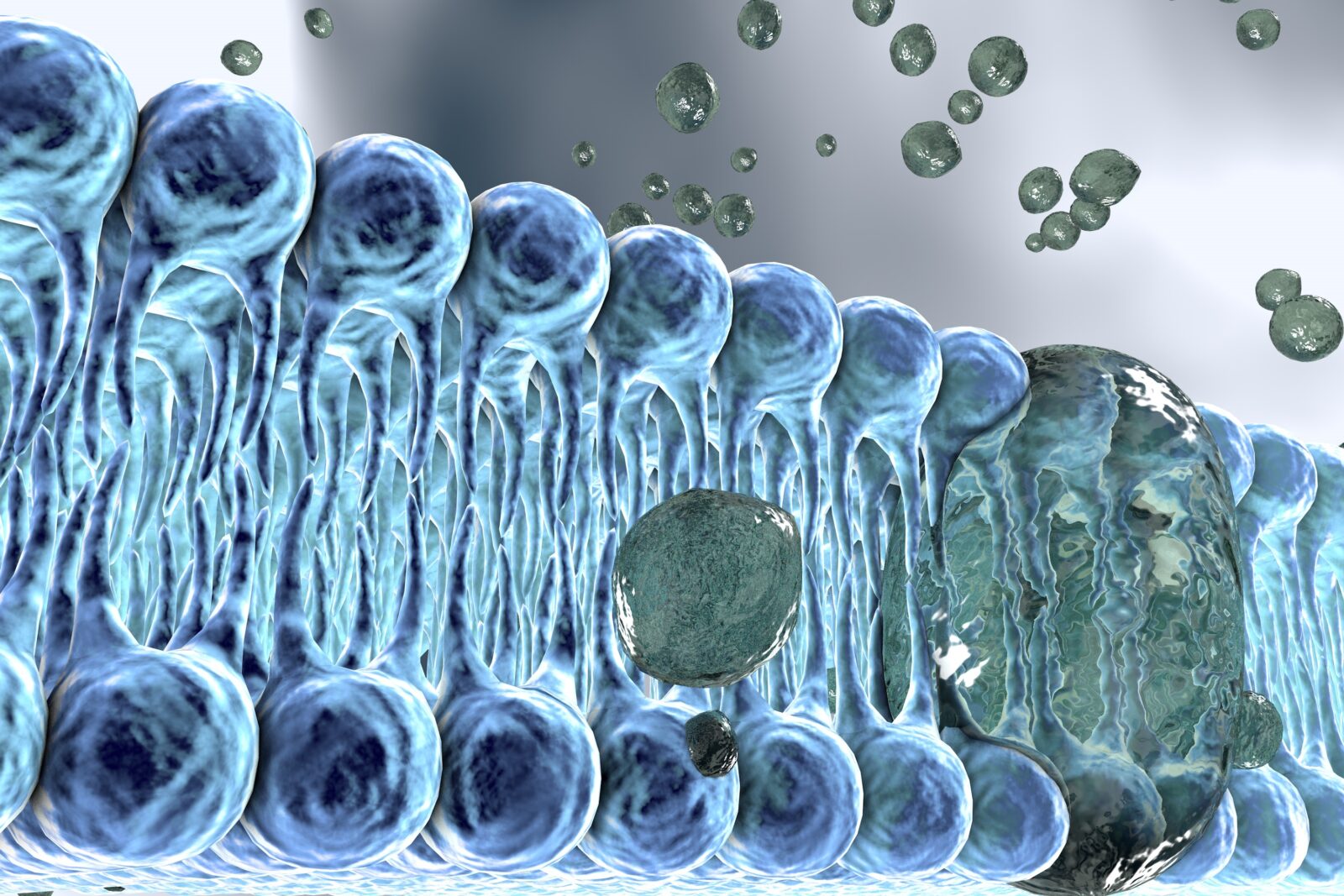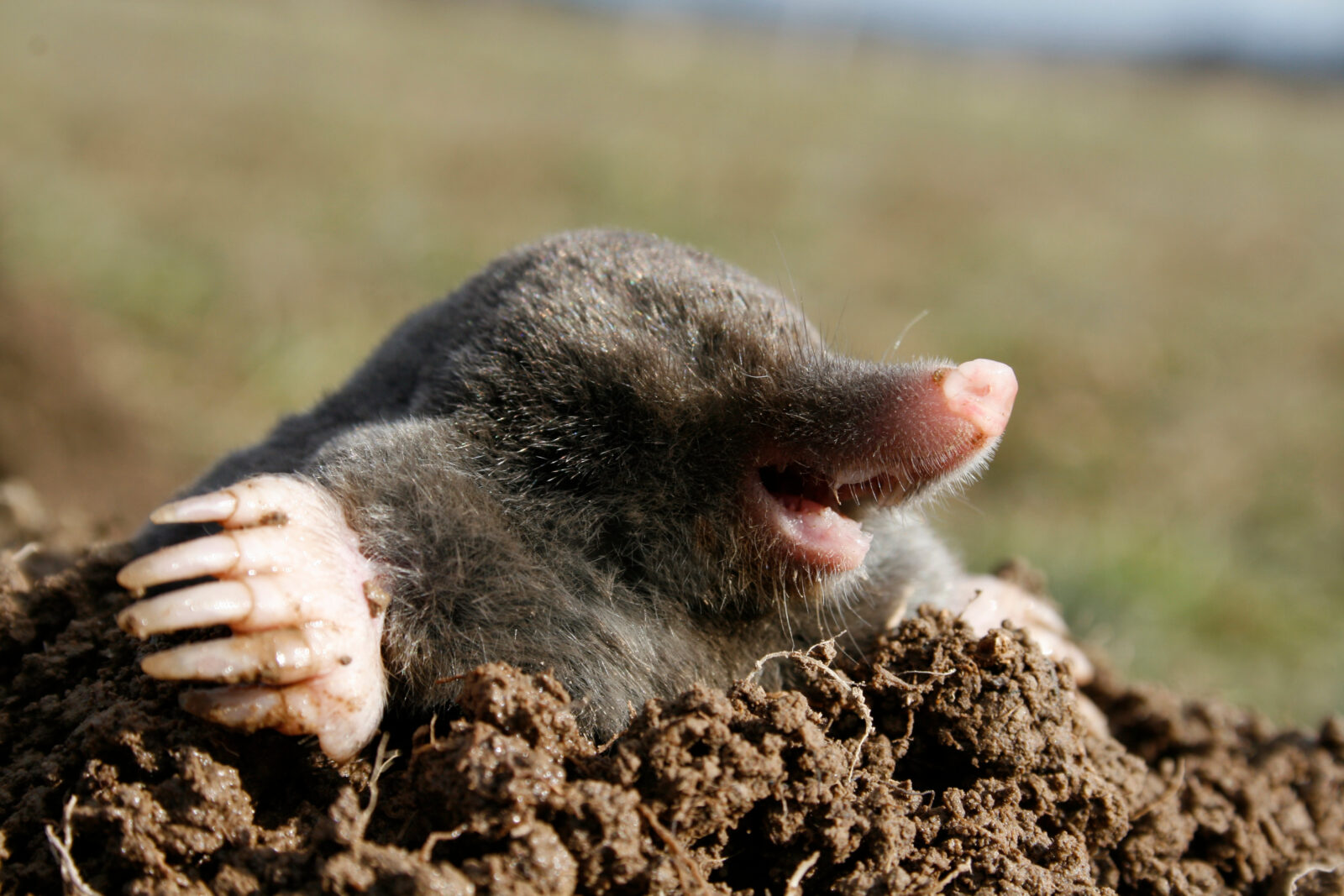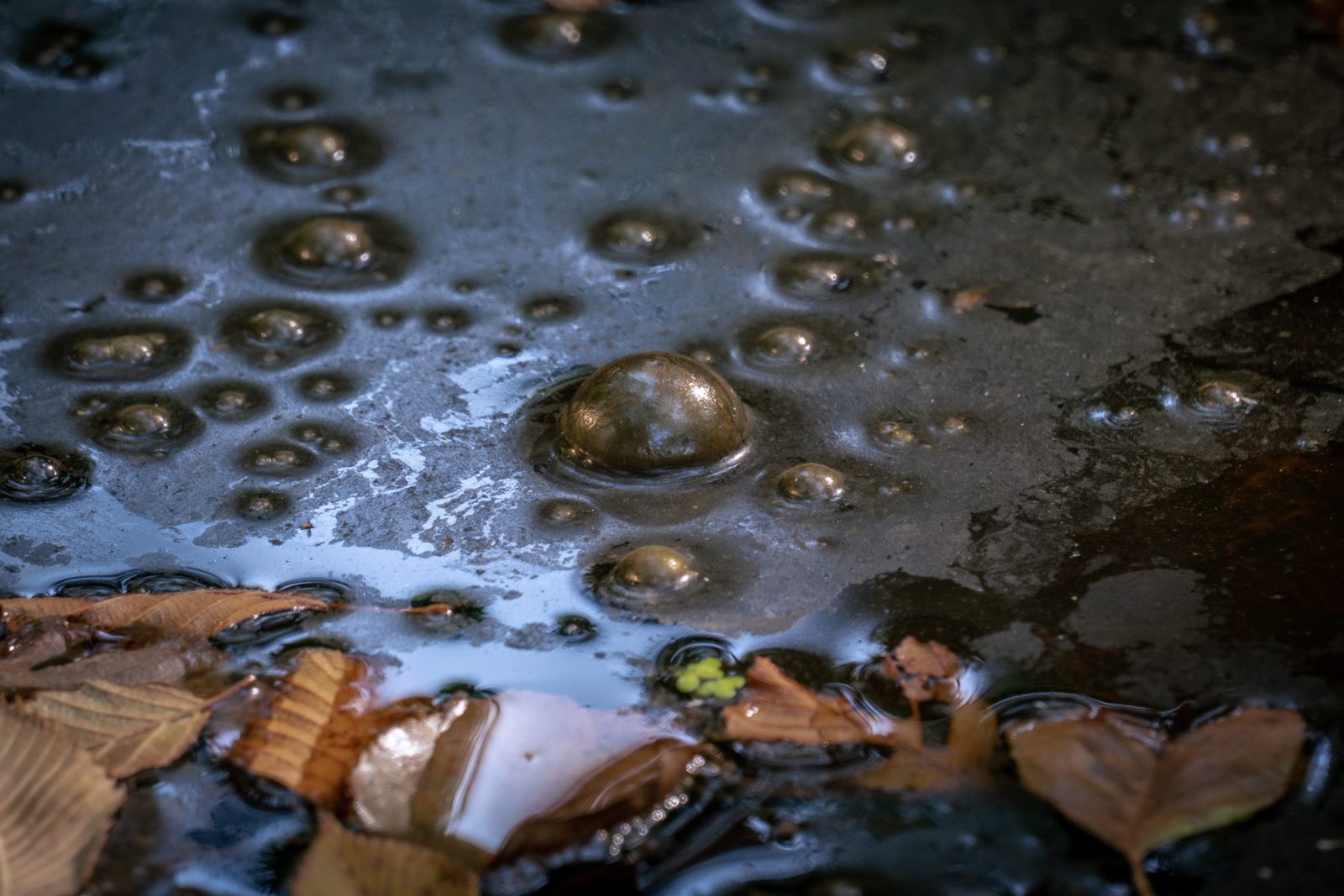


How We Balance Water and Sodium to Maintain Life

Minimal Replication Fidelity: Another Problem for the RNA World Hypothesis

Why Hands-On Chemistry Experiments Can’t Simulate A Prebiotic Earth

The Innovative Cellular Engineering That Keeps Us Alive

Smoke & Mirrors: Tour and Meyer Assess Origin of Life Experiments

David Berlinski on Chickens, Eggs, Human Exceptionalism, and a Revolution

Could Blind Forces Build a Self-Replicating Molecule?
On today’s ID the Future, scientist and Stairway to Life co-author Rob Stadler and host Eric Anderson examine a recent PNAS paper on origin of life, “An RNA Polymerase Ribozyme that Synthesizes Its Own Ancestor.” A superficial look at the paper—and the paper’s title in particular—might give the impression that the laboratory findings behind the paper render the blind evolution of the first self-replicating biological system appreciably more plausible. Not so fast, says Stadler. Listen in as he and Anderson highlight various ways the laboratory work in question is wildly unrealistic. And for a video exploring the many problems involved in blindly evolving the first self-replicator, check out a new Long Story Short animated YouTube video, created with input from Stadler, Debunking RNA world: Replication & Chemical Evolution.

James Tour Talks Origin-of-Life Dealbreakers
On today’s ID the Future, distinguished synthetic organic chemist James Tour of Rice University explains why the goal of synthesizing life from non-life in conditions similar to those of the early Earth appears further away than ever. It’s not an illusion, he explains. The illusion was how close OOL researchers thought they were 50-70 years ago. They were never close, and the more we learn about how mind-bogglingly sophisticated even the simplest cells are, and how the complexity is essential for biological life, the more we realize just how far we are from constructing a plausible scenario for the mindless origin of the first life. Tour points out that even granting a great deal of intelligent design in the form of the highly skilled and interventionist work of the origin-of-life researchers in the lab, they still can’t engineer into existence all the key building blocks of a living cell. What if you handed them all the building blocks in the right proportions? They’re still nowhere near being able to intelligently design those ingredients into a living cell, Tour says. It has to do with what’s termed the interactome—that is, all the interdependent molecular interactions in a particular cell, many of which may initially appear unimportant but turn out to be crucial. Tour doesn’t argue that researchers will never be able to design a cell from non-living matter. He does say that if it is achieved, it will be well into the future. What will such an achievement underscore? As Luskin emphasizes, it will highlight the creative power of intelligent agency. The occasion for Dr. Tour’s conversation with host Casey Luskin is Tour’s essay in a new book now available for free download, Science and Faith in Dialogue. For more from Dr. Tour, check out his website and his YouTube channel.

James Tour: The Goalposts are Racing Away from the Origin-of-Life Community
On today’s ID the Future distinguished nanoscientist James Tour explains to host Eric Metaxas why the origin-of-life community is further than ever from solving the mystery of life’s origin, and how the public has gotten the false impression that scientists can synthesize life in the lab. Tour explains that origin-of-life scientists aren’t even close to intelligently synthesizing life from non-life in the lab. The problem, Tour says, is that some leading origin-of-life researchers give the impression they are right on the cusp of solving the problem. Not so, Tour says. He offers the analogy of someone claiming, in the year 1500, that he has the know-how to build a ship to travel to the moon, when no one yet knows even how to build an airplane, car, or car engine. Tour says that if he took a cell that had just died a moment before and asked top origin-of-life researchers to engineer it back to life, they couldn’t do it. They’re not even close to being able to do it. And yet all the ingredients, all the building blocks of life are right there, all in one place, in the right proportions. And not only can scientists not engineer those ingredients back to life, they still can’t synthesize even a fraction of the building blocks essential to cellular life, despite decades and millions of dollars poured into the problem. And yet they assume that purely blind material processes turned prebiotic chemicals into all the key building blocks, and then mindlessly engineered those into the first self-reproducing cell on the early Earth. There are no models that would make such a scenario plausible. And the more we learn about cellular complexity, the harder the problem gets. Indeed, as Tour puts it, origin-of-life research is like moving down a football field in nanometer increments while the goalposts are racing away. What’s left is only the dogmatic assumption among origin-of-life researchers that the first life must have appeared on Earth purely through blind material forces. Tour has made it his mission to show the broader scientific community and the public that the emperor has no clothes. Not surprisingly, the origin-of-life community has not responded with heartfelt gratitude. Tune in to hear more of Tour’s argument and to learn what kind of blowback he has experienced. The interview is reposted here with permission of Eric Metaxas and Socrates in the City. Find James Tour’s many videos on the origin-of-life problem here.